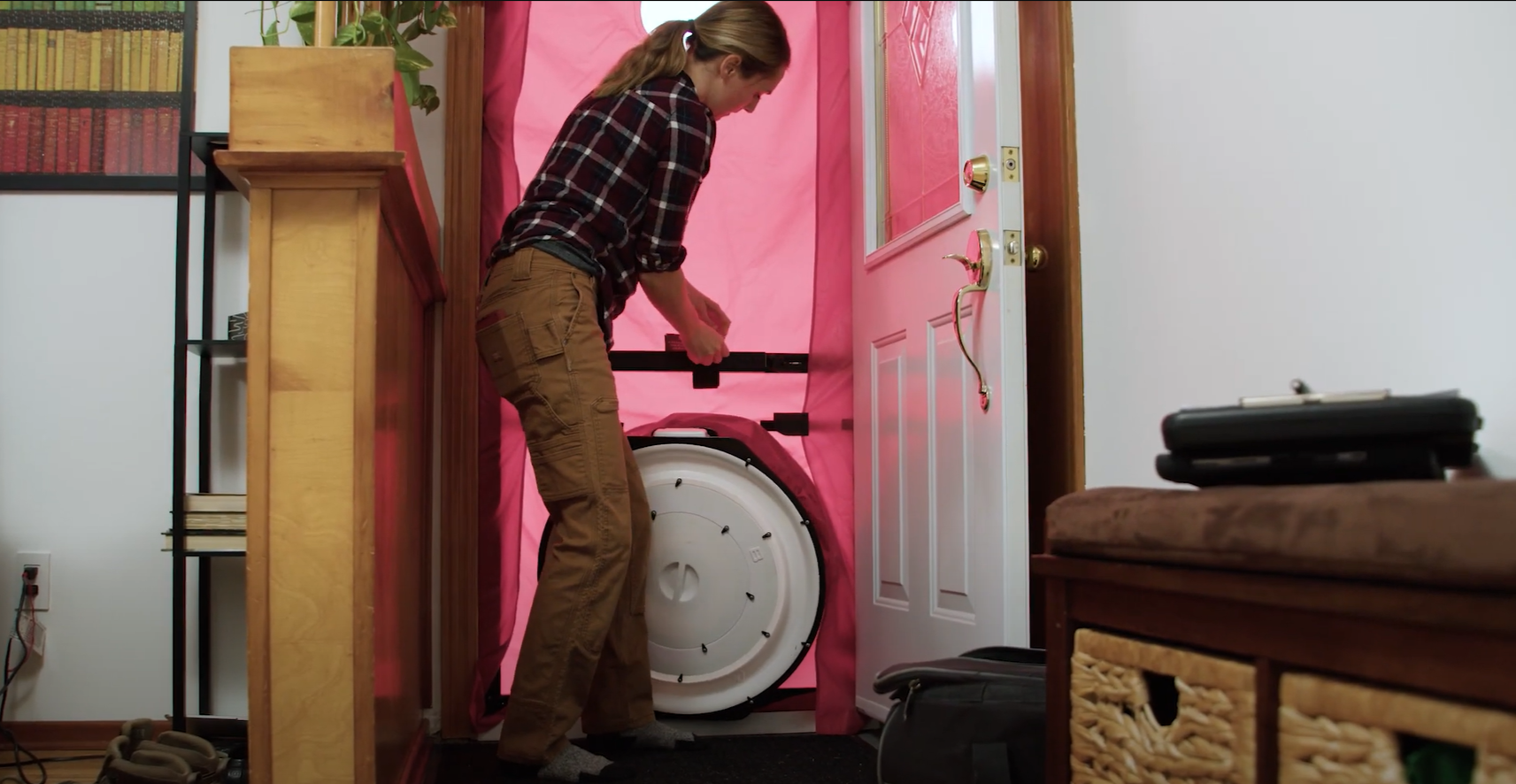
Background
One aspect of Kingston’s action plan to become carbon-neutral by 2040 is to retrofit 25 to 50 percent of its pre-1991 single-family homes and to reduce emissions by 30 percent per home.
Project goals
The city decided to create a property assessed clean energy (PACE) program that would support owners of single-family homes both financially and practically to help them make significant reductions in their energy usage and greenhouse gas (GHG) emissions, as well as to reduce their water use.
Approach
With financial support from FCM’s Green Municipal Fund and its Community Efficiency Financing (CEF) initiative, the city launched its Better Homes Kingston program in April 2022— a four-year pilot project to help homeowners reduce their emissions, energy use and water use. The city is hoping to complete 500 projects by 2026 and have created a one-stop shop to make it easy for participating residents to reduce their home’s emissions. The program includes:
- Zero-interest loans for homeowners doing eligible retrofits, with a term of up to 20 years, repayable via property tax bills.
- A personalized energy coaching service to help participants choose appropriate upgrades and access other rebates and incentives, delivered by program partner Sustainable Kingston.
- A voluntary training program for contractors on building science and high-performance homes.
- An online portal so that participants can track where they are in their retrofit journey and access support as needed.
- Additional support for lower-income applicants, including accessing a larger percentage of the loan upfront.
To ensure that the program leads to significant emissions reductions and encourages homeowners to maximize their home’s retrofit potential, the city is offering additional incentives between $1,000 and $5,000, based on participants reaching certain energy and GHG reduction targets in their upgrades.

Barriers
Timelines had to be extended due to prolonged waits for contractor quotes and pre-retrofit energy evaluations. Further delays arose from a heat pump recall and extended material lead times. These challenges are likely to vary across municipalities based on local supply and demand dynamics. Kingston advises engaging with contractors early on to ensure program timelines are practical and achievable.
One challenge has been the payment process for contractors. The city currently provides funds to homeowners in installments, and homeowners are responsible for paying the contractors. However, many participants found it difficult because the payments to contractors didn't always align with the city’s disbursements, leaving homeowners to cover costs in the meantime. To solve this, the city is exploring options such as offering 50 percent disbursements upfront or paying contractors directly through the program.
Results
As of October 2024, Better Homes Kingston’s achievements include:
- 250 projects completed, 133 during the second year.
- 662 total applications.
- A lifetime GHG reduction of more than 17,000 tonnes of CO2e.
- An average GHG emissions reduction of 68 percent per home, more than double the target of 30 percent.
- A 96 percent customer satisfaction score.
- 23 contractors who have completed the training program.
The most common upgrades undertaken by participants included air-source heat pumps, attic insulation and electric or heat-pump water heaters.
Homeowners were encouraged to perform deep energy retrofits where possible, to maximize emissions reductions. The owner of one 1,500-square-foot semi-detached house, for instance, lowered his home’s annual GHG emissions from 17.9 tCO2e to 1.6 tCO2e—a reduction of 91 percent—by replacing windows, installing a cold climate air-source heat pump and insulating the attic, basement and exterior walls.
Benefits
Following their home upgrades, more than 80 percent of participants reported increased comfort including better temperature control, improved humidity levels and fewer drafts. Additionally, more than 60 percent have seen savings on their energy bills.
Lessons learned
The support of a resident energy coach has been vital to the success of Better Homes Kingston, providing quick, responsive support to guide participants through the process and maximize their outcomes. However, educating homeowners on the specific roles and limitations of energy coaches was equally important to set clear expectations.
Automation and streamlining also played a vital role in improving efficiency and reducing staff workload. For instance, the city created a roadmap video for participants, so the energy coach didn't have to repeatedly explain that part of the program. Despite these efforts, demand for the energy coach’s time remained high, leading the city to hire a second staff member to support program administration.
The contractor training program was also valuable, but many contractors found it difficult to attend in person due to scheduling conflicts. To address this, the training was recorded and made available online, allowing contractors to complete it at their own pace.
Managing both the development and delivery the program was challenging at times, especially when demand was high. To improve participant experience, it helped to launch a basic version of the program first, allowing time to identify and address any issues before the full rollout. At the same time, it was important for staff to stay flexible and ready to adjust the program based on feedback and changing needs.
Next steps
Kingston is currently wrapping up the initial phase of the program and, with internal capital financing, is preparing to scale up with the eventual goal of completing 250 to 400 retrofits annually. Utility bill analysis is ongoing as the city aims to measure program impact. Staff are exploring the possibility of extending the program to multi-unit residential, institution-owned and affordable housing beyond 2026.
Want to explore all GMF-funded projects? Check out the Projects Database for a complete overview of funded projects and get inspired by municipalities of all sizes, across Canada.

